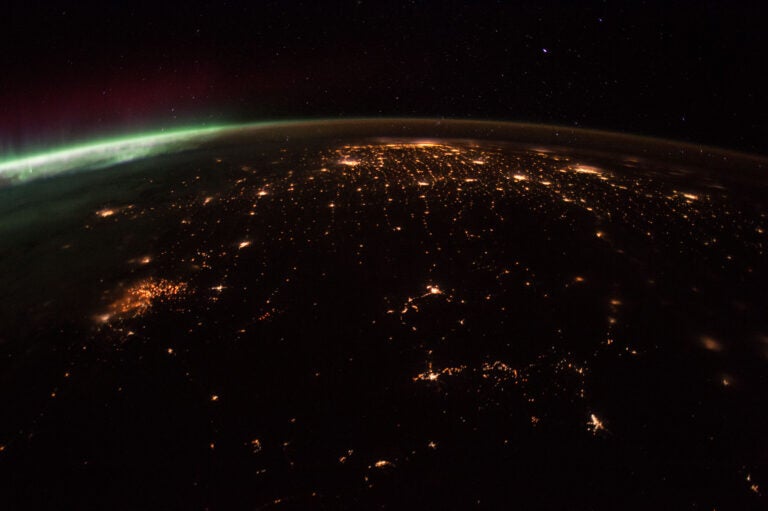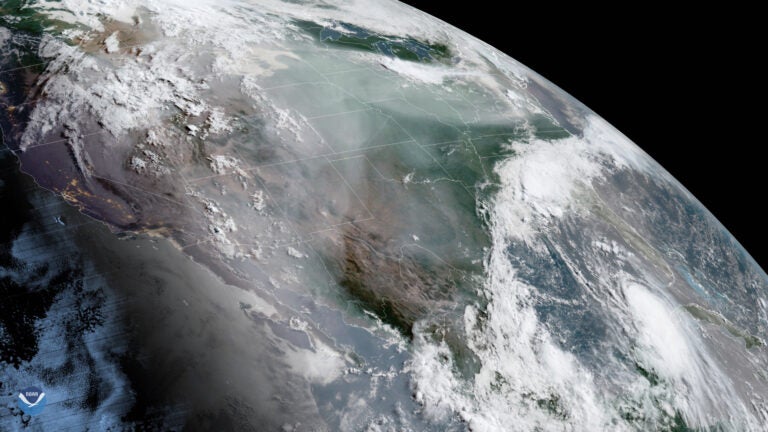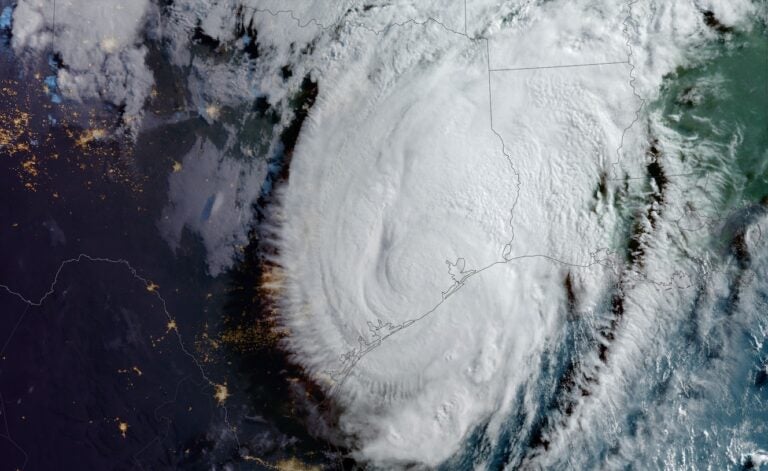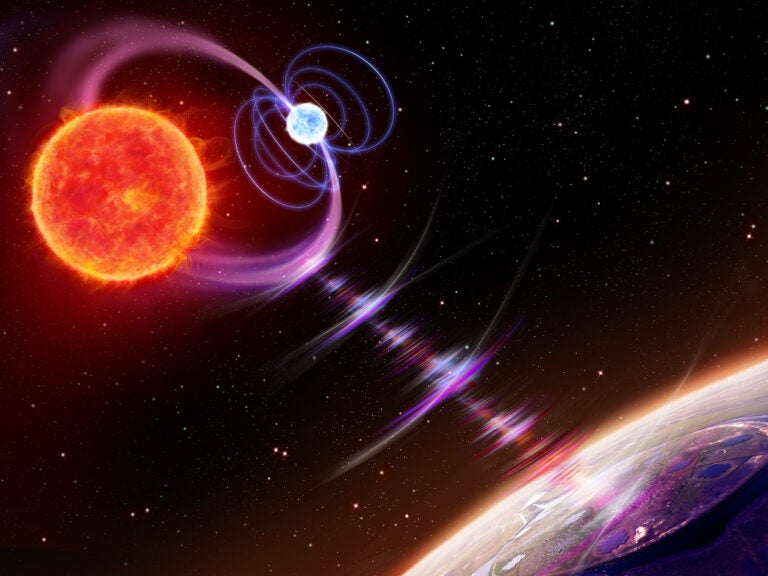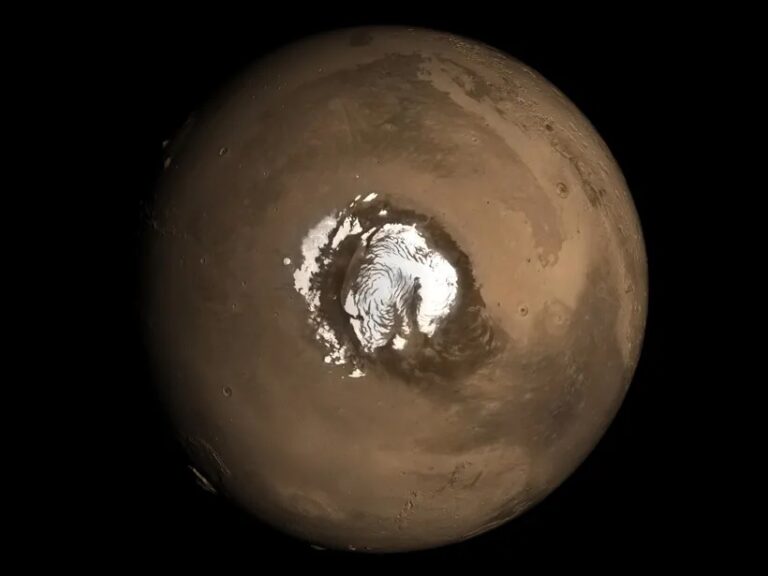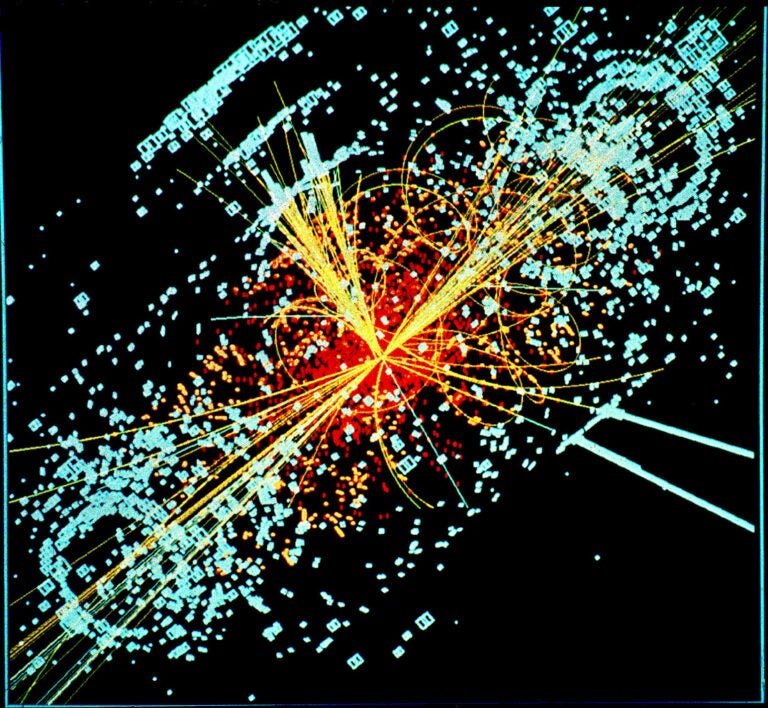
From the editor:
As the extraordinary pace of astronomical discovery carries on, we increasingly see that the stuff of life is spread throughout the cosmos. Life, even complex life, must be common out there. We know of several hundred billion stars in our galaxy, at least 100 billion galaxies, and planets around most of the stars we see.
Yet despite the drumbeat of evidence, we still know of just one planet in the cosmos with life — the one you’re standing on. Most of us think of life as precious, and it’s certainly fragile. We live in a carefully balanced ecosystem that is rapidly changing, a change that began with the Industrial Revolution a couple centuries ago.
It’s funny that astronomy enthusiasts, by nature, are focused on science, and most of them believe in science. But you cannot believe in science only when it agrees with your assumptions and long-held beliefs. That’s the whole point of science: It’s a systematic way of understanding reality, and you either believe in it all the time, wherever the evidence leads, or you don’t. You can’t believe in science only when it agrees with your preconceived notions, or you’re really living in a personally customized fantasy world.
Science tells us that climate change is real and is changing the planet — and its potential habitability — at breakneck speed. But let’s stop all this talk of “taking care of the planet.” That’s silly. In the words of comedian George Carlin: “The planet has been through a lot worse than us . . . earthquakes, volcanoes, plate tectonics, continental drifts, solar flares, sunspots, magnetic storms, the magnetic reversal of the poles, hundreds of thousands of years of bombardment by comets and asteroids and meteors, worldwide floods, tidal waves, worldwide fires, erosion, cosmic rays, recurring ice ages. . . . The planet isn’t going anywhere — we are. . . . The planet will shake us off like a bad case of fleas, a surface nuisance.”
Begin by reading leading climate scientist Katherine Hayhoe’s story: Solving the climate equation. Then think about what we can do so that Earth is not just a nice place to live now, but also a million generations from now. Don’t we bear some responsibility for others to come, and not simply the current moment?
Let me also mention How to build climate solutions: An interview with Tony Fadell. This interview, conducted by Senior Editor Mark Zastrow, brings us the words of the industrious and brilliant inventor Tony Fadell. Fadell created the iPod, co-invented the iPhone, and co-founded the security company Nest. He is also a fellow Starmus Festival board member with me, and certainly one of the most interesting people I know. He focuses on how we can build solutions to the climate crisis before we reach a point of no return, and you should certainly consider his thoughts on how we can turn down the heat for our home planet.
Contributing Editor Korey Haynes has produced a stellar story, How we study our planet, exploring the way we use Earth-orbiting satellites to inform us about our home. The array of orbiting satellites, including the Earth Observing System, GOES, DSCOVR, and others, help us to keep an eye on how Earth is changing.
Last but certainly not least, let me also mention a great story by another Starmus contributor, Chris Rapley: Why our climate future depends on Antarctica. Rapley outlines the Antarctic’s incredibly important role in stabilizing Earth’s climate. As a professor of climate science at University College London and the longtime director of the Science Museum in London, his analysis of the continent far away from many people’s minds should be a crucial part of understanding the crisis now faced by our world.
Although the planet will be fine, as Carlin reminds us, don’t we want a hospitable place for future generations of humans to occupy? We had better be thinking long and hard about that question now. Big changes often cannot be taken back. Good luck, Planet Earth.
Yours truly,

David J. Eicher
Editor-in-Chief

